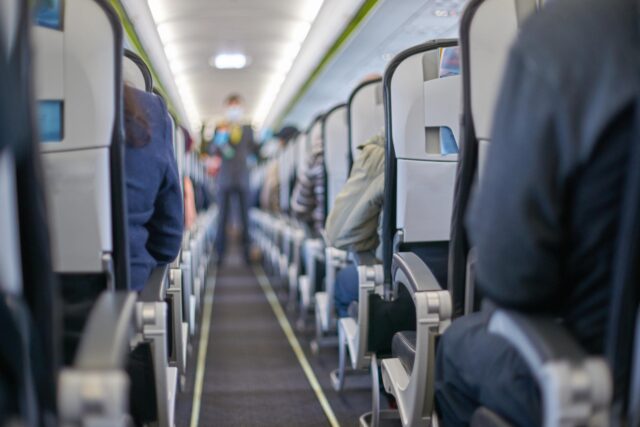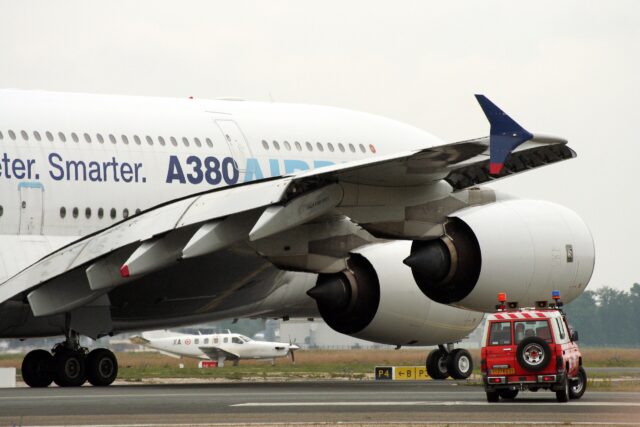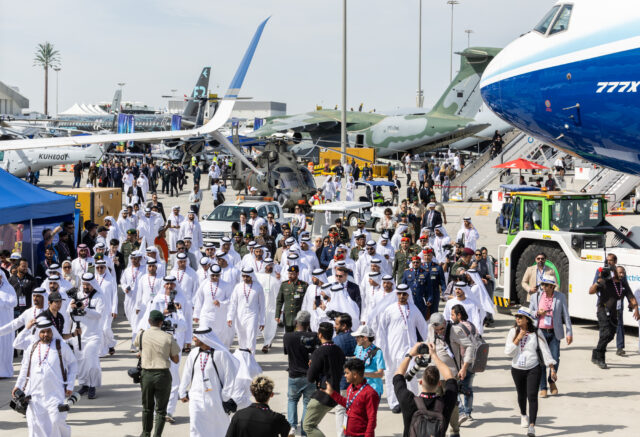Colombia picks Sweden’s Gripen over F-16 and Rafale in landmark €3.1bn fighter deal

November 16, 2025
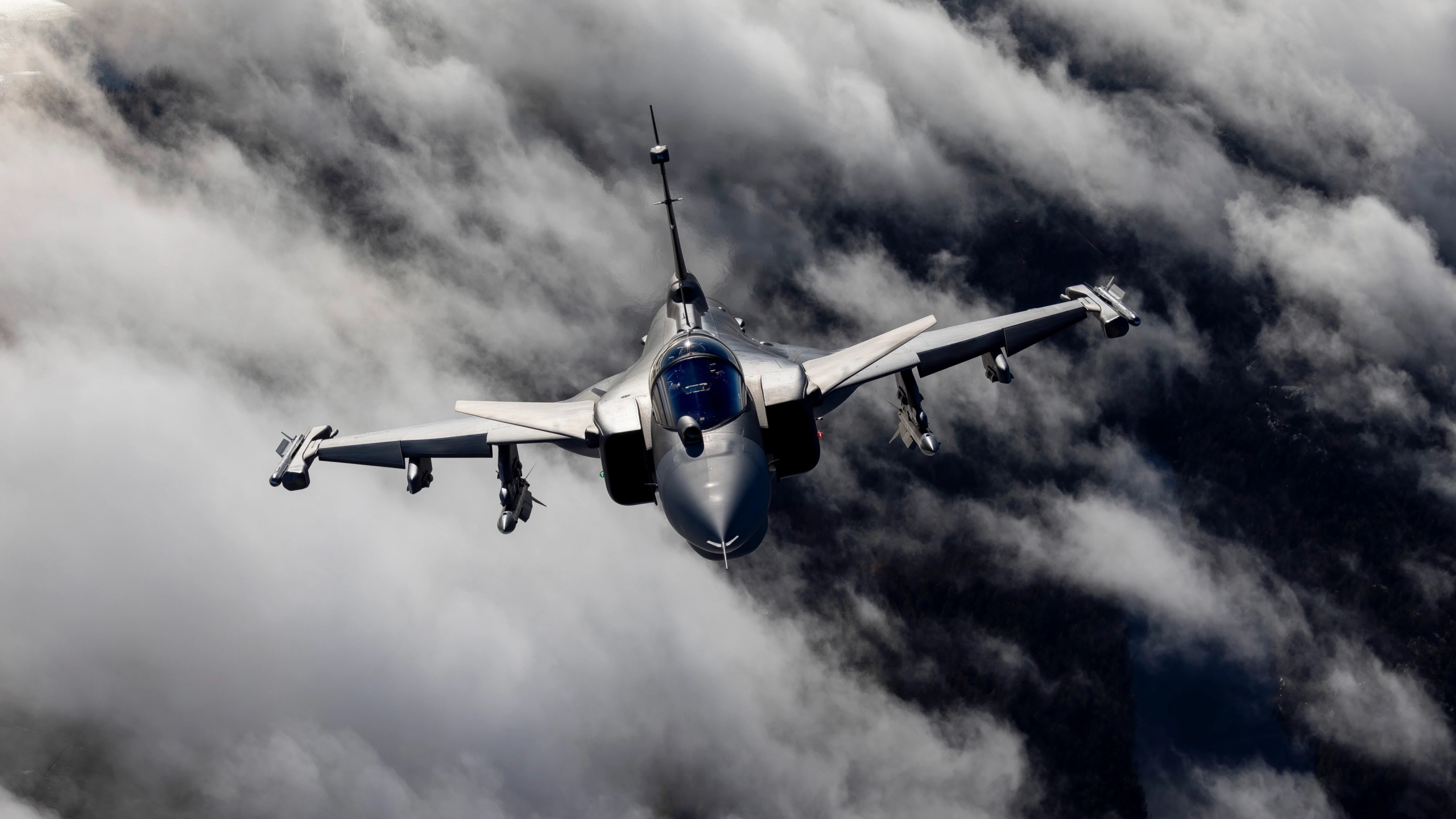
Colombia has officially signed a contract with Sweden’s Saab for a fleet of new-generation Gripen E/F fighter jets, drawing a line under years of debate over how to replace its ageing Kfir fleet and marking a decisive shift in Bogotá’s defence relationships.
The deal, concluded on 14 November, covers 17 aircraft and represents €3.1 billion ($3.6 billion) in investment, the country’s largest-ever combat aviation purchase. It includes 15 single-seat Gripen E models and two twin-seat Gripen F variants, along with weapons, training, sustainment and a broad industrial cooperation package. Deliveries will run from 2026 to 2032.
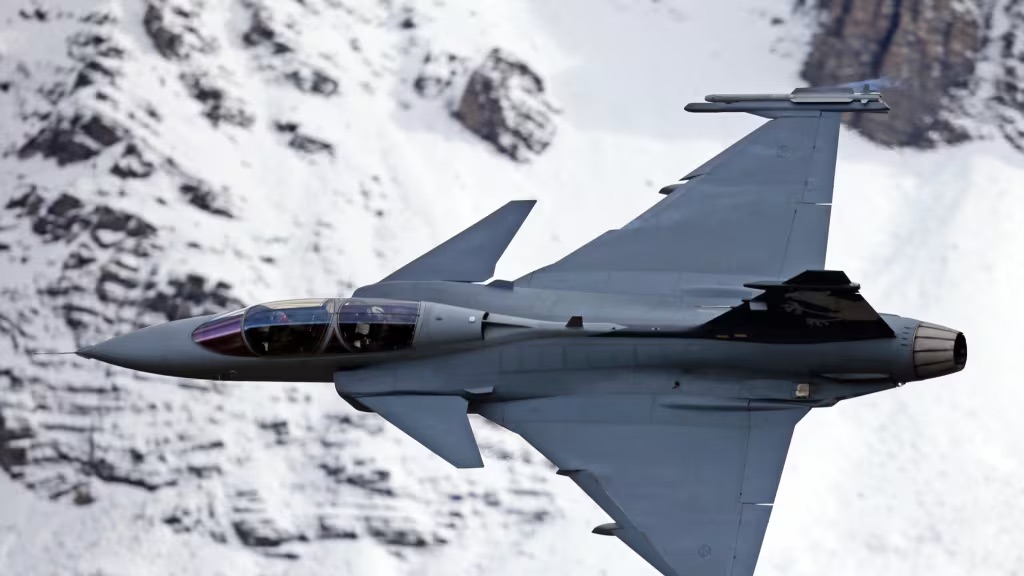
The signing formalises a decision long signposted by President Gustavo Petro, who had repeatedly indicated that Saab’s offer was preferred. Today’s contract makes that choice final.
Why Colombia selected the Gripen
Colombia’s fighter requirement has been active for more than a decade. Its Israeli-built Kfirs, delivered in the late 1980s, have become increasingly expensive and challenging to maintain. Bogotá’s diplomatic break with Israel this year, prompted by the war in Gaza, further restricted access to parts and technical support.
Replacing the Kfirs became urgent not only for sovereignty missions but for basic operational readiness. Gripen’s low maintenance demand, dispersed-operations capability and high sortie generation rate appealed strongly to the Colombian Aerospace Force.
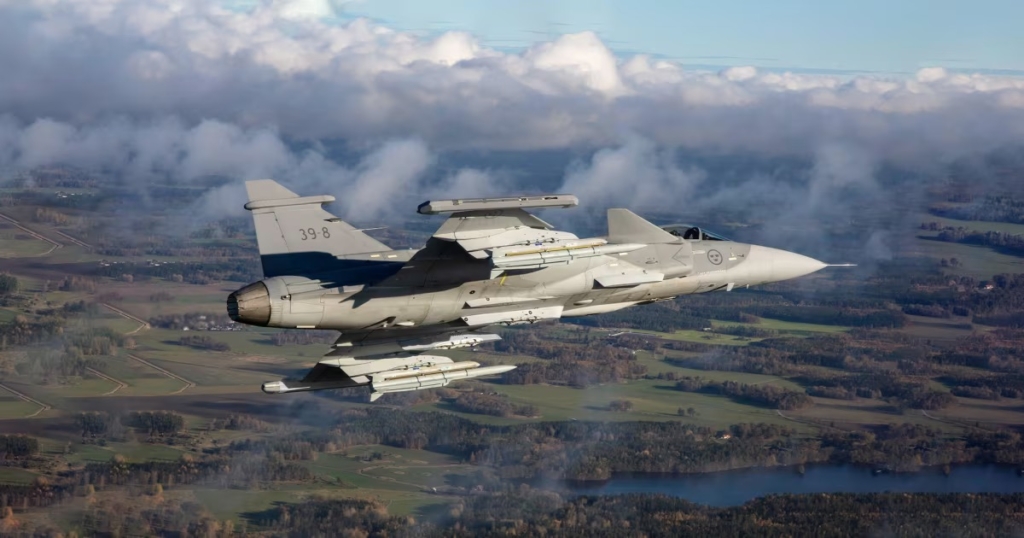
Officials have also emphasised cost transparency, long-term affordability and the strategic desire to diversify suppliers after decades of relying heavily on US-sourced equipment. Colombia now becomes the second South American Gripen operator after Brazil, which both flies and co-produces the type.
Saab CEO Micael Johansson welcomed the agreement, calling it “the start of a long-term partnership that will strengthen Colombia’s defence and offer important industrial benefits at home.”
How Gripen beat the F-16, Rafale and China’s J-10CE
The Gripen prevailed over major Western and Chinese competitors: the Lockheed Martin F-16, Dassault Rafale and China’s J-10CE.
The US effort was particularly strong. Washington offered a mixed package of new F-16 Block 70s and donated second-hand Block 50/52s, valued at roughly $4.2 billion, stressing the benefits of NATO-style interoperability for Colombia, the alliance’s only “global partner” in Latin America.
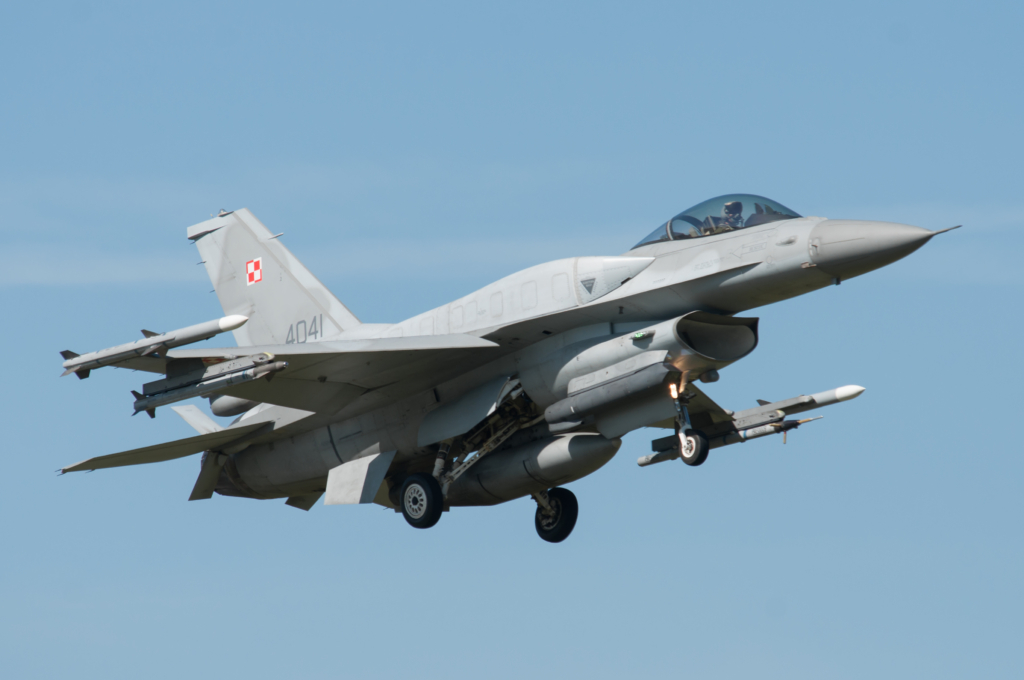
American officials made a sustained push throughout early 2025, linking the F-16 to strategic alignment and future cooperation opportunities. Despite this, President Petro remained aligned with earlier technical assessments that placed Gripen ahead on sustainment cost, operational flexibility and the scale of Sweden’s industrial participation.
France’s Rafale impressed on pure performance, but its higher cost and more limited technology transfer package left Saab’s offer more compelling.
Geopolitics: Bogotá recalibrates between Washington and Europe
Washington’s disappointment is evident, though restrained. The US has long dominated Latin American fighter sales and saw Colombia as a key pillar of its regional military influence.
Bogotá’s decision not to shift course, even as US officials argued interoperability benefits and hinted at future advantages of an American platform, reflects a more assertive foreign policy. Under Petro, Colombia has sought closer links with European partners on technology cooperation, climate policy and defence governance. Today’s contract strengthens that trajectory.
What Colombia is buying: Gripen E/F capabilities
Saab’s Gripen E/F brings a modern multirole capability built around:
- GE F414G engine with speeds up to Mach 2
- AESA radar and an advanced electronic warfare suite
- Increased range, payload and avionics over the Gripen C/D
- Short-field and dispersed-operations performance, well-suited to Colombia’s diverse terrain
- Lower lifecycle costs than many Western fourth-generation fighters
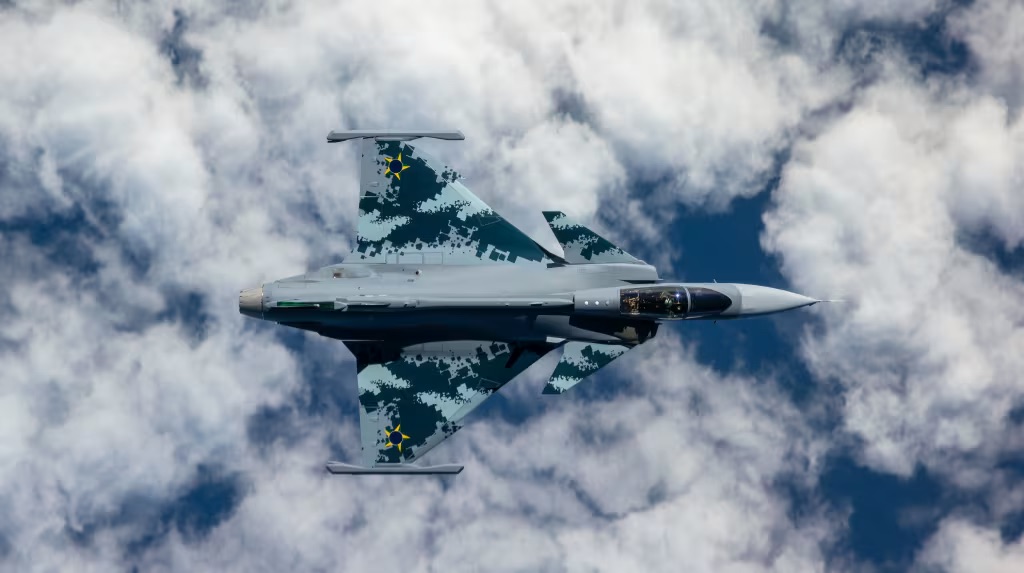
The two Gripen F two-seat aircraft will support pilot training and complex missions requiring an additional crew member.
Industrial offsets: technology, skills and long-term partnerships
Colombia and Saab also signed two offset agreements covering industrial and social projects. These include cooperation in aeronautics, cybersecurity, sustainable energy, water purification and medical innovation, all framed as strategic priorities for the government.
Officials say these agreements are as important as the aircraft themselves, anchoring long-term research relationships and strengthening Colombia’s industrial base.
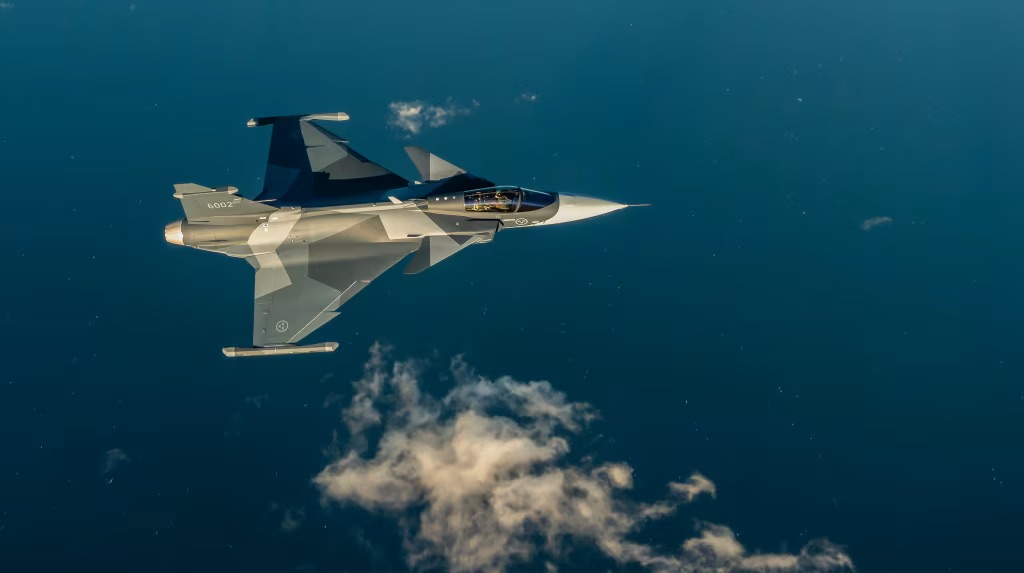
Regional context: a South American fighter modernisation wave
Colombia joins a broader regional trend.
- Brazil already flies the Gripen E and produces major components.
- Argentina has agreed to acquire F-16s from Denmark.
- Peru is evaluating fighter options, with the Gripen seen as a strong candidate.
- Several countries are upgrading attack aircraft, radars and air-defence systems.
Colombia’s acquisition pushes it towards the top tier of regional airpower, especially in electronic warfare and networked operations.
Saab Gripen arrival signals the end of the Kfir
Colombia’s Kfirs, 22 at their peak, defined decades of operations against insurgent groups such as FARC and played a key role in the years leading up to the 2016 peace accords.
However, the aircraft have reached the limits of viable service life. Rising maintenance hours, supply challenges and airworthiness concerns made retirement unavoidable. The transition to the Gripen will be phased to avoid capability gaps.
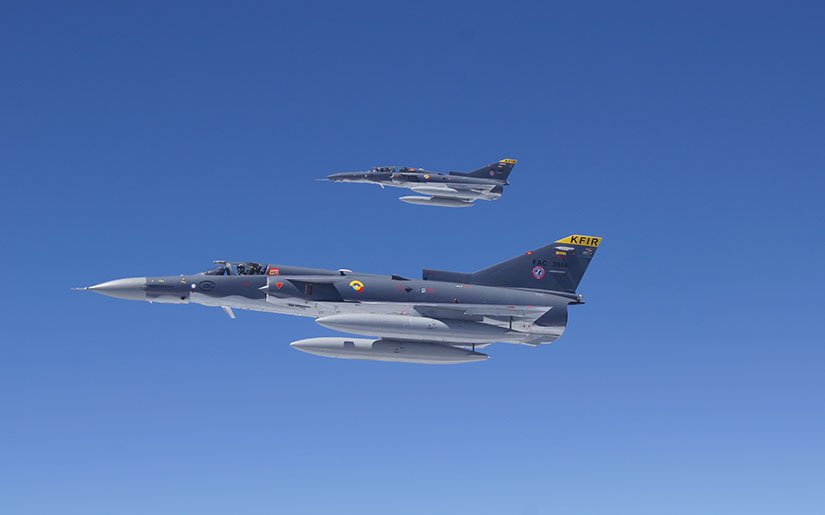
Over the next eight months, Saab will prepare for production while Colombia sets up training pipelines and technical infrastructure. The first aircraft are due in 2026, entering squadron service shortly thereafter.
With this deal, Colombia joins Sweden, Brazil and Thailand as Gripen E/F operators, with Peru potentially next.

